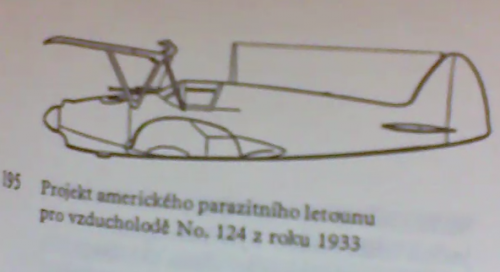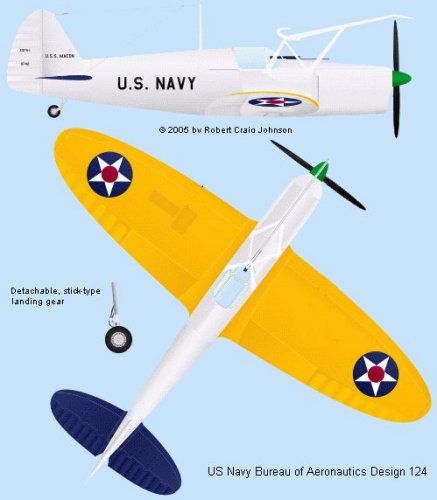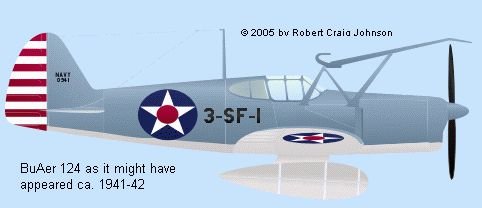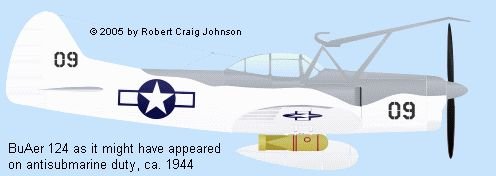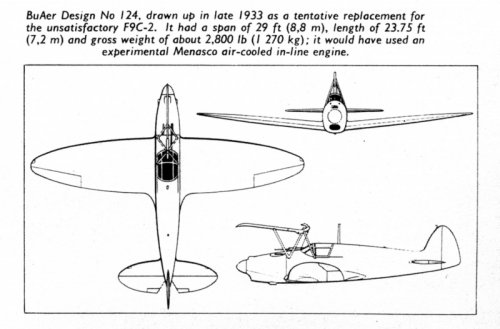I was reading up on the Sperry M1 Messenger, which naturally led to the Curtiss F9C Sparrowhawk, and this intriguing reference:
I have to ask...does anyone have any more info on or images of Design 124?
Cheers,
Matthew
There were by now moves afoot to replace the F9C in Skyhook operations, and a questionnaire circulated among the pilots confirmed their dissatisfaction with it. They wanted a light, unarmed reconnaissance aircraft of high speed and endurance. They also required stability, good all-round visibility, easily dismountable landing gear, and, if possible, an autopilot. The only significant response to BuAer was Design 124, a sleek all-metal, low wing monoplane with a Menasco in-line engine. The design remained on the drawing board.
Source: http://www.unrealaircraft.com/forever/skyhook.php
I have to ask...does anyone have any more info on or images of Design 124?
Cheers,
Matthew

